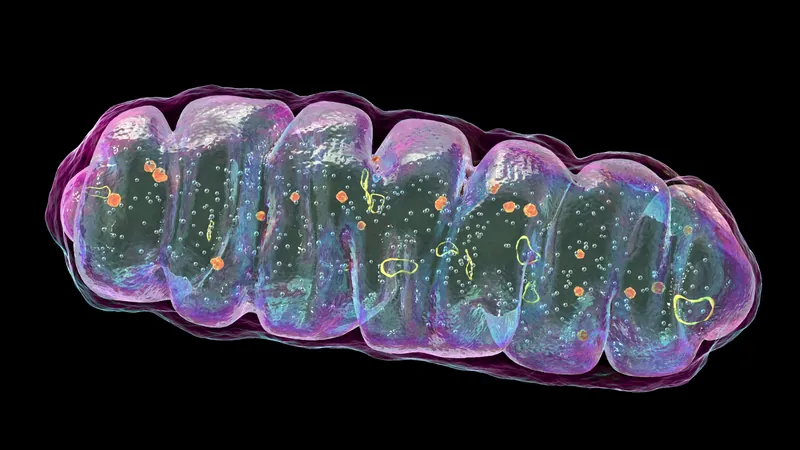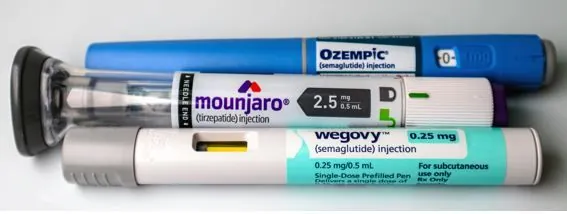
Revolutionary Discovery: How DNA Nanostructures Transform Cell Membrane Interactions
2025-05-27
Author: Li
Unlocking the Secrets of Cell Membranes
In the world of cellular biology, lipid membranes are pivotal. These membranes, which encapsulate cells, can be engineered to enhance drug delivery—by fine-tuning their permeability, researchers can ensure medications reach their intended targets more effectively. Adding signaling molecules to these membranes can further refine treatment precision.
The Rise of DNA Nanostructures
Enter DNA nanostructures: innovative tools that are changing the game. By integrating hydrophobic groups like cholesterol into these structures, scientists are effectively manipulating membrane characteristics—strengthening them or altering their shape.
A Breakthrough from Science Tokyo
A team from the Institute of Science Tokyo has made waves by employing quartz crystal microbalance with energy dissipation monitoring (QCM-D) to study DNA-lipid interactions. This cutting-edge technique unveils changes in mass and viscoelastic properties, providing insights previously unattainable with standard optical methods.
A Study to Remember
Led by Associate Professor Tomohiro Hayashi and his dedicated team, their research—published in the journal Nanoscale—marks a pioneering effort to examine how DNA nanostructures engage with lipid membranes. They focused on the behavior of six-helix bundle DNA nanopores (DNPs) integrated with cholesterol tags, providing a detailed look at their mechanics.
Fascinating Results: DNP Behaviors Revealed
When DNPs were introduced to lipid bilayers on silicon oxide and PEG-coated surfaces, the results were striking. DNP nanoparticles rapidly adhered to the membranes, but their long-term interactions revealed stark differences. DNP-1C maintained a stable presence, while DNP-3C evolved into a denser, more rigid structure over time, reflecting interesting aggregation behavior and prolonged integration into the membrane.
Substrate Matters!
The researchers discovered that the nature of the supporting substrate dramatically influenced these interactions. PEG-supported membranes promoted quicker DNP integration, while bare silicon oxide inhibited the process due to its negatively charged surface.
Implications for Future Technologies
These groundbreaking findings are set to transform the design and application of DNA nanostructures. "Understanding these dynamics is pivotal for advancing DNA nanotechnology and developing efficient membrane-interacting structures," Dr. Hayashi emphasized.
A New Frontier in Biomedical Applications
Thanks to QCM-D's revelations, scientists are now on the precipice of revolutionizing the development of DNA nanostructures, paving the way for extraordinary advancements in artificial cells and molecular sensors.



 Brasil (PT)
Brasil (PT)
 Canada (EN)
Canada (EN)
 Chile (ES)
Chile (ES)
 Česko (CS)
Česko (CS)
 대한민국 (KO)
대한민국 (KO)
 España (ES)
España (ES)
 France (FR)
France (FR)
 Hong Kong (EN)
Hong Kong (EN)
 Italia (IT)
Italia (IT)
 日本 (JA)
日本 (JA)
 Magyarország (HU)
Magyarország (HU)
 Norge (NO)
Norge (NO)
 Polska (PL)
Polska (PL)
 Schweiz (DE)
Schweiz (DE)
 Singapore (EN)
Singapore (EN)
 Sverige (SV)
Sverige (SV)
 Suomi (FI)
Suomi (FI)
 Türkiye (TR)
Türkiye (TR)
 الإمارات العربية المتحدة (AR)
الإمارات العربية المتحدة (AR)